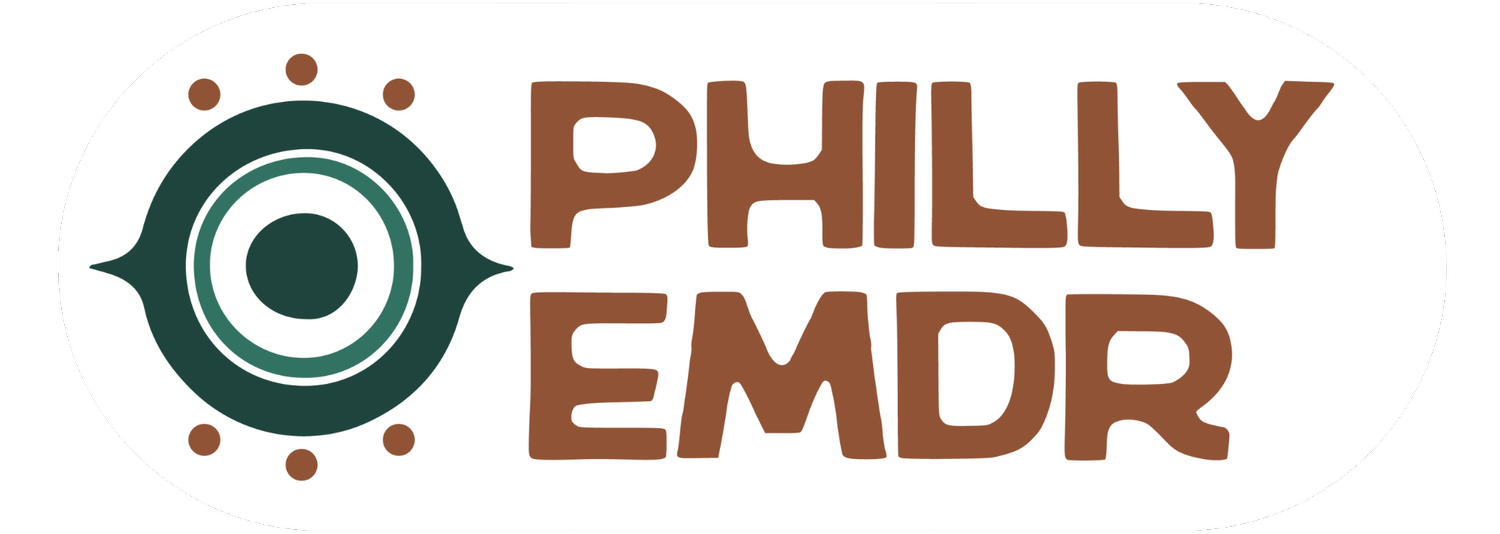Adjunctive EMDR: What is it and How long does it take?
Understanding Trauma
Painful experiences are a part of life. None of us will make it through life without experiencing some kind of experience of loss that causes pain.
Another way to put it is: we will all experience trauma at some point in our lives. No one escapes trauma, so it’s imperative we have the tools to work through the traumas that mess with us.
Adjunctive EMDR
Talk therapy with a skilled, professional therapist has been the primary resource for people looking to alleviate suffering and make positive changes in their lives. Having a good relationship with a therapist is great for mental and emotional wellbeing, but when it comes to the inevitable, severe, or complicated pain of life, it can be necessary to add members to your mental health team.
Adding a trauma specialist who uses Eye Movement Desensitization Reprocessing (EMDR) in addition to your regular talk therapy is referred to as Adjunctive EMDR. It’s a powerful way to focus healing energy on a specific issue that you might be stuck in while maintaining a positive relationship with your primary therapist and long-term support.
What is Adjunctive EMDR
Remember that EMDR is a type of therapy that works directly with the brain and the way memories, thoughts, feelings and body sensations are stored to provide relief from stress and trauma.
Adjunctive EMDR is for folks that have been working with a primary therapist on your overall mental well-being, but feel stuck because there is something painful you don’t want to talk about, negative beliefs about yourself or the world you can’t seem to shake, or cycles of self-destructive behavior you can’t seem to break. Trauma can linger in our lives like a smog that we sorta get used to, but are constantly breathing in. Working with a trauma specialist can help clear the cloud of trauma and get you breathing fresh air again.
In Adjunctive EMDR, your EMDR therapists will focus on a specific area of stress or struggle in your life. This specific area could be a single issue/trauma - like overcoming a betrayal, loss of a loved one either through death or the end of a relationship, or a phobia; but it can also be a persistent struggle like feelings of inadequacy, depression or anxiety, or another issue that prevents your from thriving or being the person you want to be.
How does it work?
Adjunctive EMDR is complementary to the work you do with your primary therapist. If you and your therapist have identified traumatic experiences, patterns of behavior, or entrenched negative beliefs about yourself or the world, it is probably time to have the assistance of an EMDR therapist to help you move through those issues.
To begin Adjunctive EMDR your primary therapist would make a suggestion or referral to a trauma specialist. In my practice, the client reaches out to me after deciding with their primary therapist that trauma-focused therapy is a good choice. I meet with the client and as part of the intake process, get permission from the client to collaborate with the primary therapist. The connection between the trauma-focused Adjunctive EMDR therapist and the primary therapist allows the EMDR therapist to learn relevant information from the primary therapist which saves the client time, money, and emotional output.
Adjunctive EMDR therapists are like specialist surgeons. They need to know the general health history, but their focus is the surgery and repairing that specific part of your health and wellness. A trauma-focused EMDR therapist, like a good specialist doctor, works with you and your primary therapist to help with specific issues to improve your overall mental health and wellness.
How Long Does Adjunctive EMDR Take to Work?
Since Adjunctive EMDR is meant to help you work through your stuck points, clients usually complete their EMDR treatment plan in 8-16 sessions. An adjunctive EMDR therapist isn’t looking to be your long-term therapist. When the primary therapist and trauma therapist work together, EMDR is focused and short-term therapy.
The good thing about this model is that the relationship with the primary therapist is long-term and that relationship remains intact while a client is doing adjunctive EMDR. It also establishes the connection with the trauma-focused EMDR therapist, so if (when) something happens in the client’s life, they have the connections established between their providers they trust to help bounce back from the inevitable painful experiences in life.
How Green Circle Collective Can Help with Your Adjunctive EMDR Therapy
Green Circle Collective specializes in providing trauma-focused, adjunctive EMDR for short-term, focused healing of emotional pain and traumatic stress. We work collaboratively with other providers to create a helpful team focused on your wellness. We want you to feel better, faster. Let’s work together to help you heal and reduce your stress.

